Ensuring resilience in energy-water-food management ahead of the next climate shock
Nina Hall, Steven Kenway and Eva Abal
The University of Queensland, Australia
The Australian state of Queensland has a modern economy, with particular strengths in agriculture and mining, while economic output and national importance of the major cities are also high.
Since 2000, Australia has experienced drought and floods in quick succession. This caused impacts on energy, water and land in terms of disruption and security of supply, financial losses, degradation and pollution of quality, and associated political pressures from community responses.
Strategic planning is required to ensure long-term sustainability and efficiency of energy, water and land resources to respond to future shocks. However, energy, water and land resources are regulated and managed separately in ‘siloes’. This prevents efficiencies, cost savings and cross-organisational collaboration.
In Queensland, such ‘siloed’ thinking has resulted in costly and opportunistic responses to provide water security through desalination and wastewater recycling that was energy-intensive and created conflicted and costly decision-making on energy and water conflicts by farmers in Australia’s ‘salad bowl’, the Lockyer Valley.
The ‘shocks’ to the management and supply chains of these crucial resources indicate that ‘business as usual’ approaches in a changing climate risk a costly and damaging repeat of the recent drought and flood impacts, and neglect efficiency opportunities.
To create a ‘paradigm shift towards ‘nexus thinking’, there is a need to create a climate of collaboration within the government departments and industries responsible for energy, water and land resource management, as well as integrated monitoring of resources to identify available efficiencies and co-benefits.
However, the water-energy nexus is one of the most complex global public policy challenges. It has strong water security, energy security, economic productivity, urban design and utility governance implications. This presentation provides case studies and applications (e.g. collaborative networks) that have embraced this nexus to reduce costs, increase efficiency and facilitate the paradigm shift.






